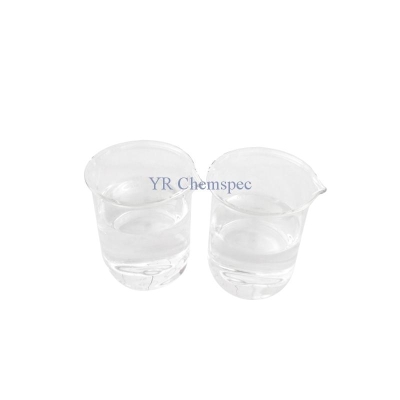-
Categories
-
Pharmaceutical Intermediates
-
Active Pharmaceutical Ingredients
-
Food Additives
- Industrial Coatings
- Agrochemicals
- Dyes and Pigments
- Surfactant
- Flavors and Fragrances
- Chemical Reagents
- Catalyst and Auxiliary
- Natural Products
- Inorganic Chemistry
-
Organic Chemistry
-
Biochemical Engineering
- Analytical Chemistry
- Cosmetic Ingredient
-
Pharmaceutical Intermediates
Promotion
ECHEMI Mall
Wholesale
Weekly Price
Exhibition
News
-
Trade Service
Not long ago, at the wearable technology exhibition held in London, a removable smart insole
designed by researchers at the University of Southampton in the United Kingdom was displayed.
This insole collects the kinetic energy generated by body movement and foot stepping on the ground, and converts kinetic energy into electrical energy
.
Researchers say the insoles can power
wearables and other small electronic devices.
Since the birth of smart devices, battery life has been a big problem, especially after the birth of smart wearable devices, although its design and manufacturing companies have been trying to find a balance between battery life and device size, but the fast small amount of power and relatively long charging time is still painful
.
Jerry Luo, an electronics and computer science researcher at the University of Southampton, said: "The most realistic application of this insole is to extend battery life, but our ultimate goal is to make wearable devices battery-free
.
”
The energy collected by walking may not be enough to power indoor lighting, but it can be a "lifeline" for smaller electronics, and smart insoles are already being used
in the medical field.
The University of Southampton's research team has partnered with local hospitals to perform the most time-consuming balance and foot pressure tests
for recovered patients in outpatient settings.
Of course, this insole still has a lot of room for improvement, and it can now only power electronic devices close to it, which is less than ideal
for smart watches or electronic devices worn on the upper body.
The smart insole is still improving, but in the last 6 months, the power it can transmit power has improved considerably, and it has been able to support sensor chips to send single-byte information
.
The researchers' next goal is to collaborate with tech companies and continue to improve product design
.
Luo said: "Smart insoles are not the most fashionable design, but they are very interesting
in the field of technology.
”
Not long ago, at the wearable technology exhibition held in London, a removable smart insole
designed by researchers at the University of Southampton in the United Kingdom was displayed.
This insole collects the kinetic energy generated by body movement and foot stepping on the ground, and converts kinetic energy into electrical energy
.
Researchers say the insoles can power
wearables and other small electronic devices.
Since the birth of smart devices, battery life has been a big problem, especially after the birth of smart wearable devices, although its design and manufacturing companies have been trying to find a balance between battery life and device size, but the fast small amount of power and relatively long charging time is still painful
.
Jerry Luo, an electronics and computer science researcher at the University of Southampton, said: "The most realistic application of this insole is to extend battery life, but our ultimate goal is to make wearable devices battery-free
.
”
The energy collected by walking may not be enough to power indoor lighting, but it can be a "lifeline" for smaller electronics, and smart insoles are already being used
in the medical field.
The University of Southampton's research team has partnered with local hospitals to perform the most time-consuming balance and foot pressure tests
for recovered patients in outpatient settings.
Of course, this insole still has a lot of room for improvement, and it can now only power electronic devices close to it, which is less than ideal
for smart watches or electronic devices worn on the upper body.
The smart insole is still improving, but in the last 6 months, the power it can transmit power has improved considerably, and it has been able to support sensor chips to send single-byte information
.
The researchers' next goal is to collaborate with tech companies and continue to improve product design
.
Luo said: "Smart insoles are not the most fashionable design, but they are very interesting
in the field of technology.
”






